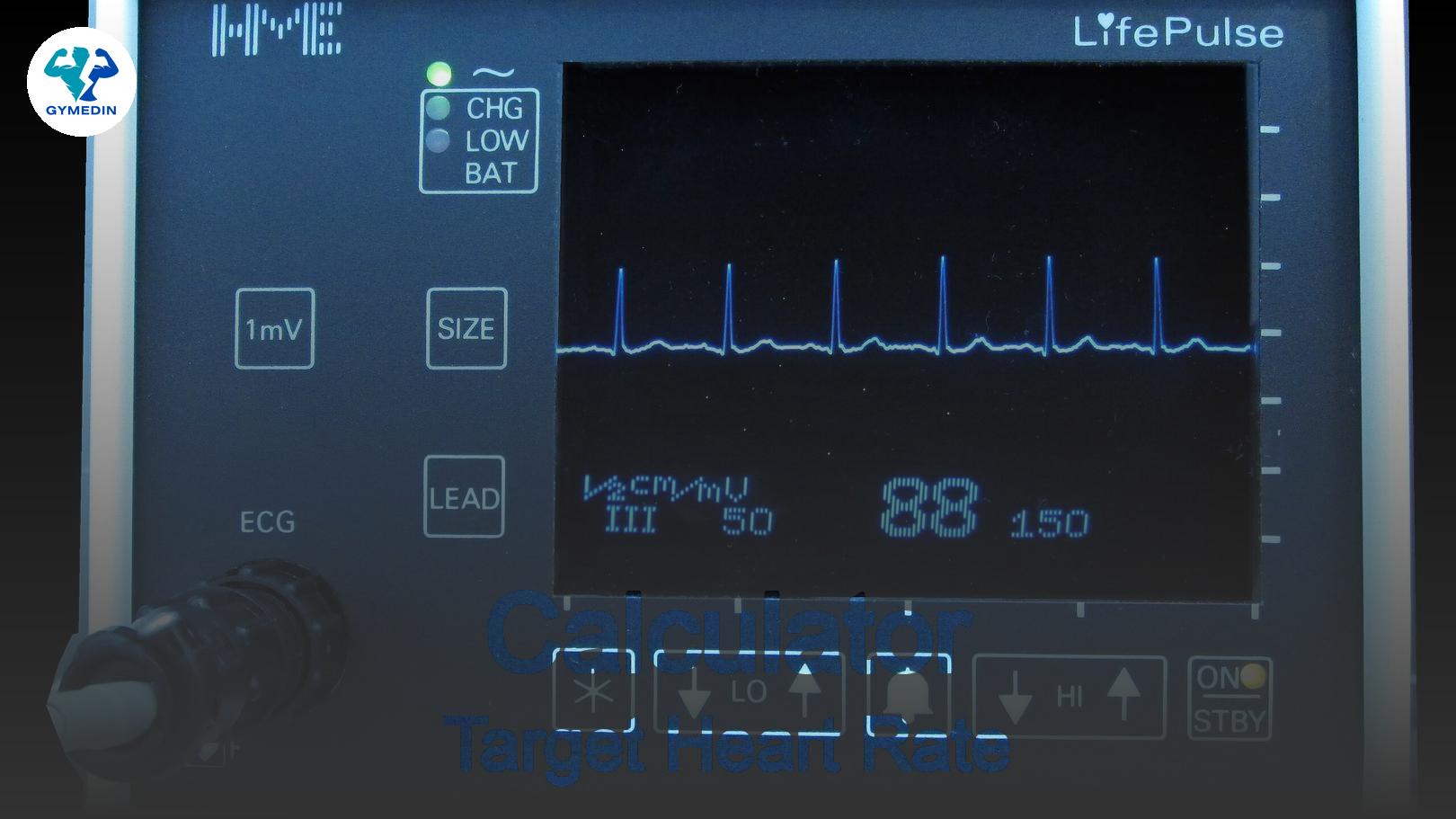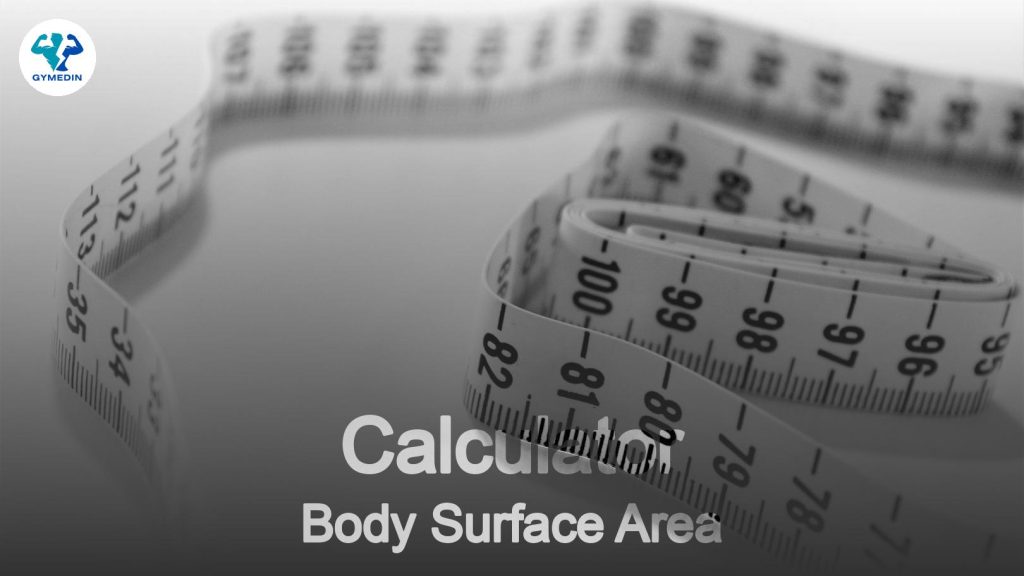Target Heart Rate Calculator
Target Heart Rate Zones
Fat Burning Zone:

Cardiovascular Zone:
High-Intensity Zone:
When you’re working out, hitting your target heart rate (THR) can make a big difference. But what exactly is it, and why does it matter? In this guide, we’ll dive deep into target heart rates, how to calculate them, and why they’re key for getting the most out of your exercise routine. Plus, I’ll walk you through some easy steps to find your ideal heart rate range and how to stay there during your workouts.
What Is Target Heart Rate?
Your target heart rate is the range where your heart should be beating during exercise to get the best results. It’s usually a percentage of your maximum heart rate, which is the highest your heart can safely go. Exercising within this zone helps you burn fat, improve endurance, and boost cardiovascular health. If you’re not hitting your THR, you might not be getting as much out of your workout as you think.
Why It’s Important
Staying in your target heart rate zone is like finding the sweet spot between too easy and too hard. Too low, and you’re not pushing your body enough. Too high, and you might be overworking yourself, which can lead to burnout or even injury.
How to Calculate Your Target Heart Rate
Step 1: Find Your Maximum Heart Rate
The first thing you need to calculate your THR is your maximum heart rate (MHR). The simplest way to do this is with the formula:
220 - Your Age = Maximum Heart Rate
So, if you’re 30 years old:220 - 30 = 190 bpm (beats per minute)
This means your heart should ideally not exceed 190 beats per minute during exercise.
Step 2: Calculate Your Target Heart Rate Zone
Your THR zone is a percentage of your MHR. Most experts suggest aiming for 50-85% of your maximum heart rate, depending on how intense your workout is. For moderate-intensity exercise, aim for 50-70%. For more vigorous activities, aim for 70-85%.
Let’s use the example of a 30-year-old with a maximum heart rate of 190 bpm:
– 50% (low end): 190 x 0.50 = 95 bpm
– 85% (high end): 190 x 0.85 = 162 bpm
So, if you’re 30 years old, your target heart rate zone for a solid workout would be 95-162 bpm.
What Affects Your Target Heart Rate?
Age
As you get older, your maximum heart rate decreases. This is why the formula subtracts your age from 220. It’s a natural part of aging, and knowing this helps you adjust your workouts accordingly.
Fitness Level
If you’re new to exercising, you might want to stick to the lower end of your target heart rate zone (closer to 50%). But if you’re more fit and looking for a challenge, pushing closer to the upper end (up to 85%) can give you better results.
Health Conditions
Certain health conditions, like heart disease, can affect how fast your heart can safely beat. If you have any medical conditions, it’s a good idea to talk to your doctor about your target heart rate before jumping into intense workouts.
How to Measure Your Heart Rate During Exercise
Knowing your target heart rate is one thing, but how do you track it while working out?
Manual Check
You can always use the classic two-finger pulse check. Place two fingers on your wrist or the side of your neck, count the beats for 15 seconds, and multiply by 4 to get your beats per minute. This method works but can be tough to do in the middle of an intense workout.
Fitness Trackers
If you’re looking for convenience, fitness trackers or heart rate monitors are the way to go. These gadgets track your heart rate in real-time, so you don’t have to stop mid-sprint to check your pulse.
Benefits of Working Within Your Target Heart Rate
Burn Fat Effectively
When you’re exercising at around 60-70% of your maximum heart rate, you’re in the “fat-burning zone.” This is the sweet spot where your body is using stored fat as energy, making your workout more efficient for weight loss.
Improve Cardiovascular Health
Pushing yourself into the 70-85% range of your maximum heart rate helps build endurance and strengthens your heart. The more you work your heart within this range, the better your overall cardiovascular fitness.
Avoid Overtraining
Staying in your THR zone helps prevent overtraining. If you’re constantly pushing your heart past 85% of its max, you could risk injury or fatigue. Monitoring your heart rate helps you train smarter, not harder.
How to Adjust Your Target Heart Rate for Different Activities
Different exercises will naturally bring your heart rate up to different levels. Here’s how to adjust based on what you’re doing:
Cardio (Running, Cycling, Swimming)
These high-intensity activities will quickly get you close to your max heart rate. To stay in your THR zone, pace yourself and aim for a steady rhythm. Interval training can also help you alternate between lower and higher intensities to keep things balanced.
Strength Training
Lifting weights won’t usually push your heart rate into the target zone, but if you’re doing circuits or compound exercises, your heart rate will spike more than usual. Between sets, try to keep your heart rate elevated without overdoing it.
Yoga and Pilates
These activities are generally lower intensity, but you can still stay within the lower end of your target heart rate zone. Focus on controlled movements and steady breathing to keep your heart working, even if it’s not pounding.
FAQs About Target Heart Rate
What If I Can’t Reach My Target Heart Rate?
If you’re struggling to hit your THR, don’t stress. Start slowly, and build up your fitness level. Over time, your heart will get stronger, and you’ll find it easier to hit your target zone.
Is It Bad to Go Over My Target Heart Rate?
Going over your target heart rate isn’t necessarily bad, but you don’t want to stay there for too long. If you’re consistently exceeding 85% of your MHR, you could be putting extra strain on your heart, which might not be safe long-term.
How Often Should I Check My Heart Rate?
If you’re just starting out, check your heart rate a few times during each workout. As you get more experienced, you can rely more on how you feel, using your heart rate monitor occasionally to make sure you’re staying on track.
What Is a Resting Heart Rate, and How Does It Relate?
Your resting heart rate is how fast your heart beats when you’re completely at rest, usually between 60-100 bpm. Knowing this can give you an idea of your overall fitness. The lower your resting heart rate, the more fit your heart is.
Conclusion: Find Your Heart’s Sweet Spot
Finding and working within your target heart rate can help you get the most out of your workouts, whether you’re aiming to lose weight, build endurance, or just get healthier. It’s all about understanding your body and giving it the right amount of challenge without overdoing it. So grab that fitness tracker, find your zone, and start making the most out of every workout!

